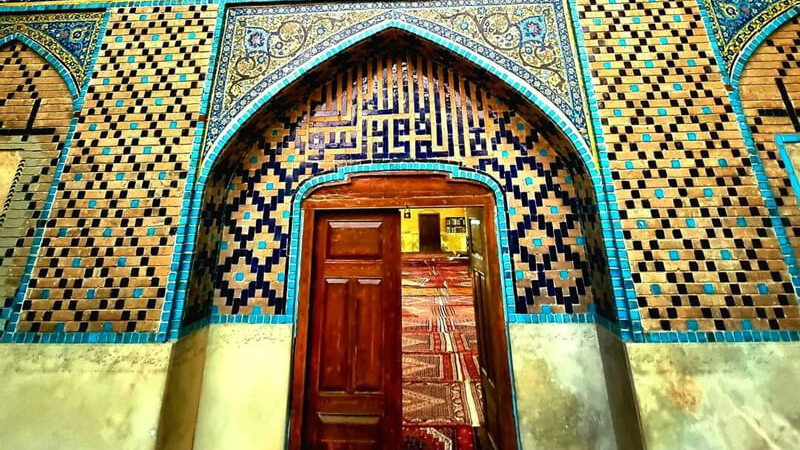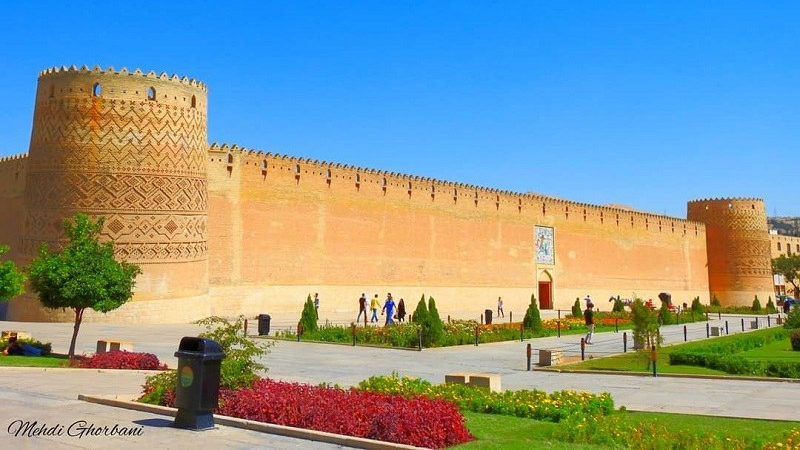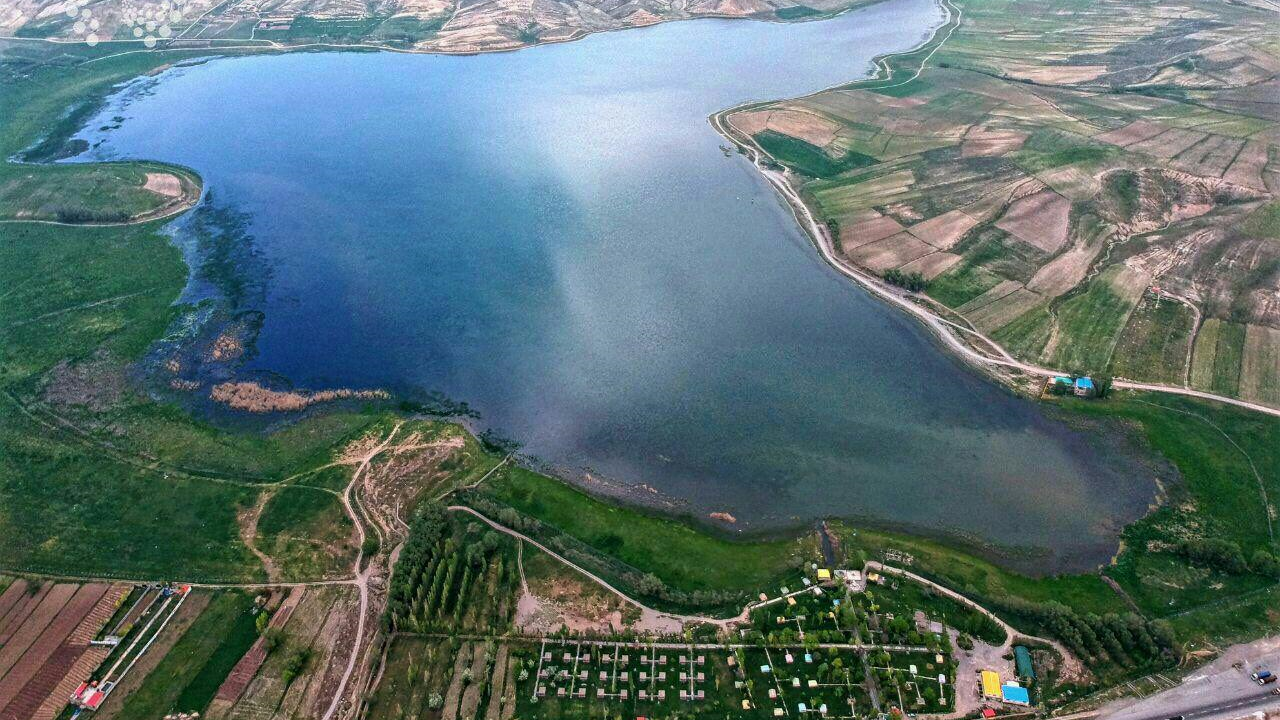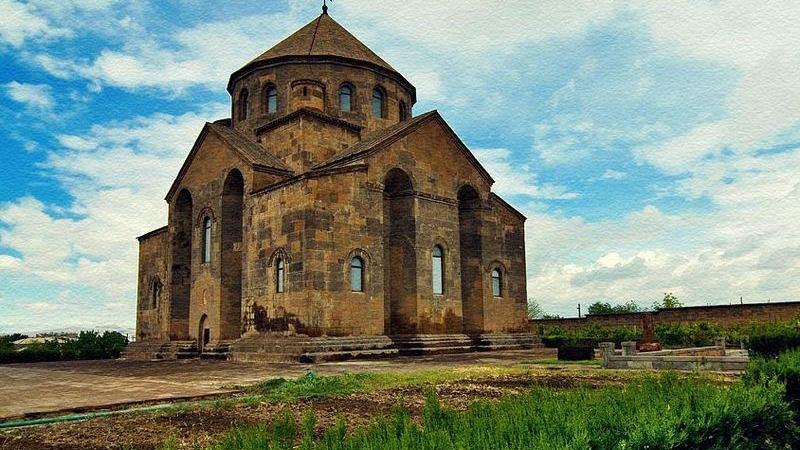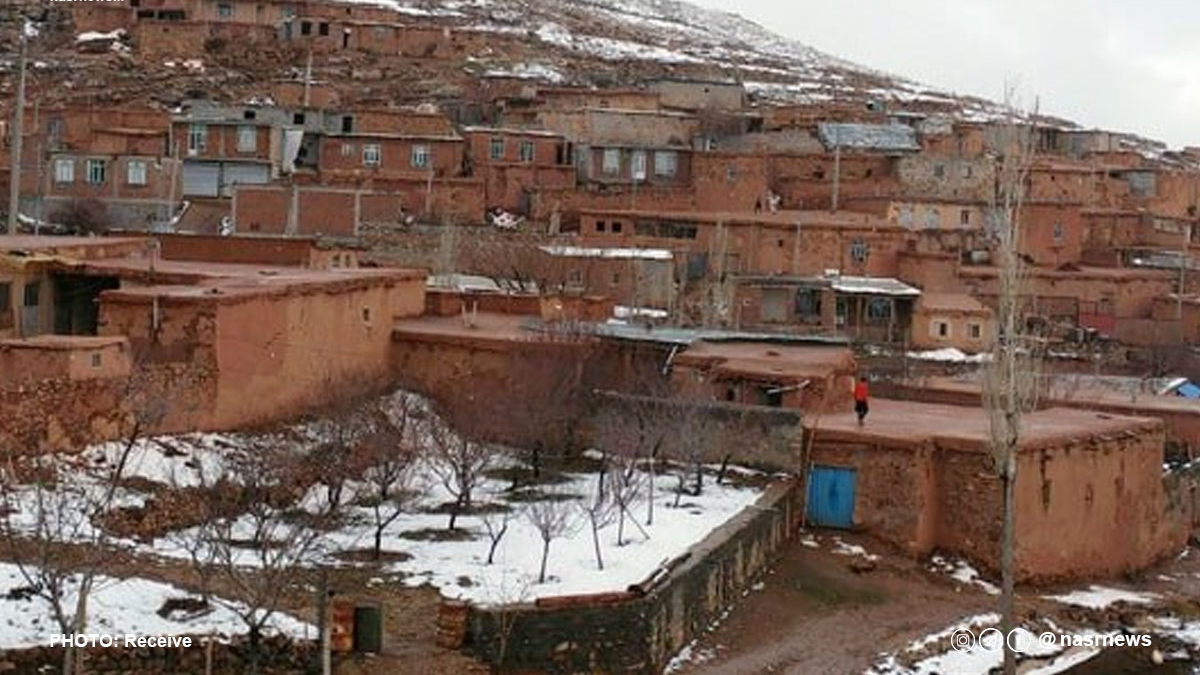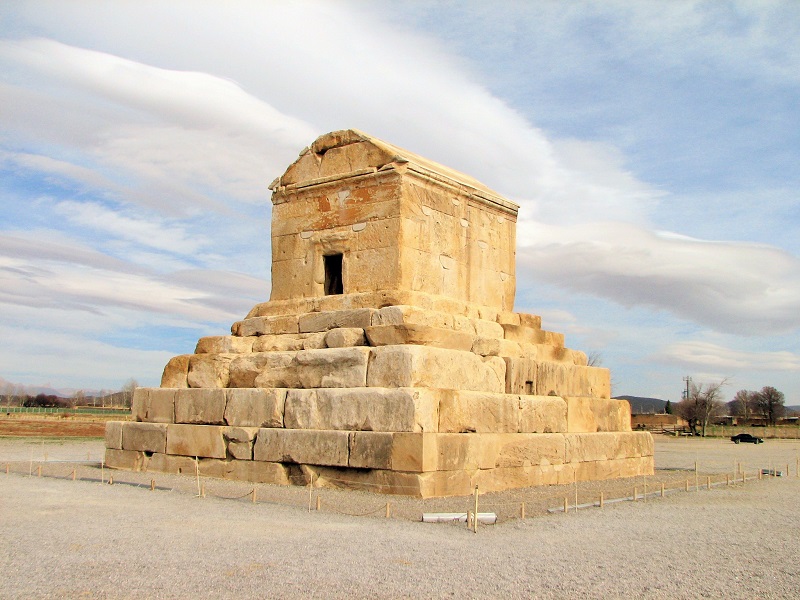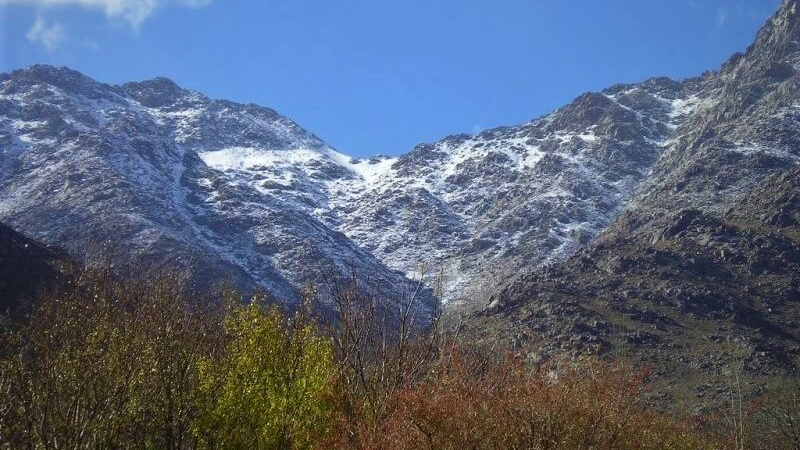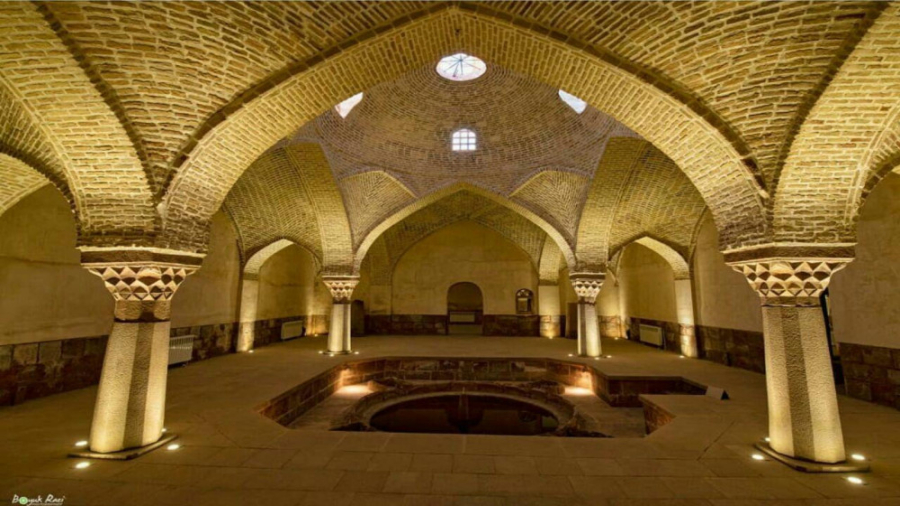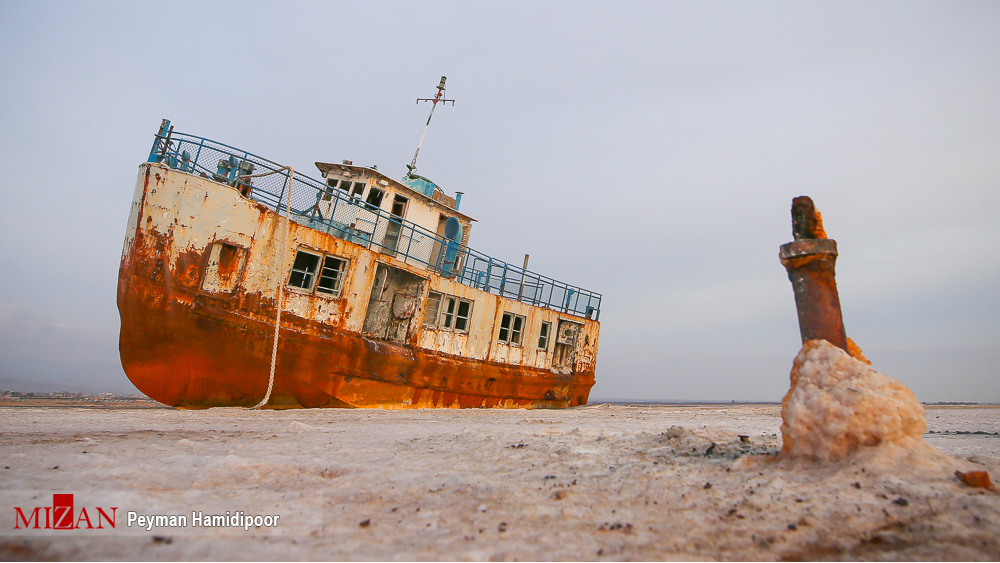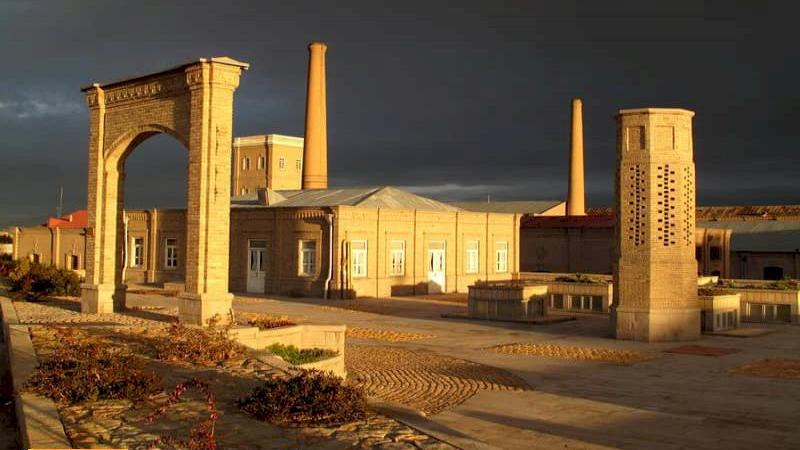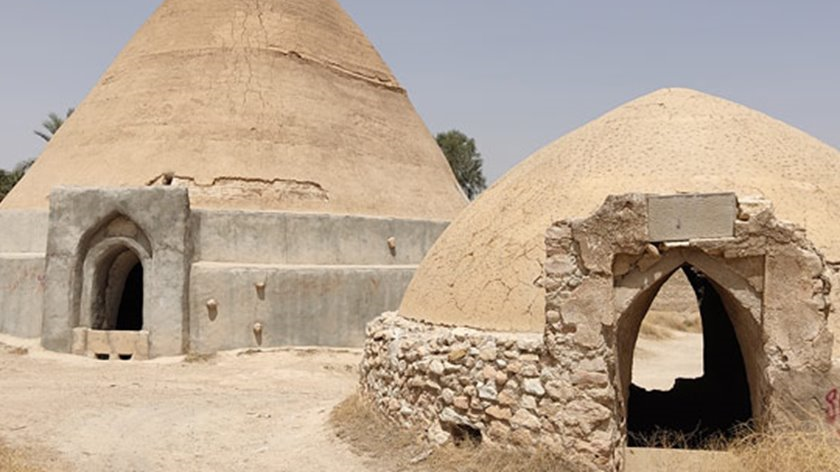
Historical Bazaars of Yazd
Bazaars have always been considered an important pillar of the Iranian economy and for this reason, there were at least a couple of bazaars in every city that supplied goods and even services either privately or publicly. As one of the historical cities of Iran, Yazd has several historical bazaars some of which were exclusively dedicated to the supply of one product in the past.
Being located on the trade route of the Silk Road had made the economic position of Yazd very important in the past and many merchants lived there. For this reason, the number of historical bazaars in Yazd is more than in other cities of Iran. All the historical bazaars of Yazd were built with the Iranian style of architecture, and sometimes with minarets and windcatchers. The alleys of these bazaars consist of arcades, inns, mosques, schools, husayniyyas, squares, caravanserai, water reservoirs, and production workshops.
The History of Bazaars of Yazd
The bazaars of Yazd started growing in the 11th century AD with the support of the rulers of the Atabek, Kakuyid, and Timurid dynasties resulting in the expansion of the city and the creation of the necessary infrastructure for the growth of trade activities. Presently, these bazaars are the marketplace for traditional and old handicrafts, and gold jewelry, Yazdi sweets, fabrics, and carpets are the main products that are offered in them. Each of these bazaars has been inscribed on the list of Iran’s national heritage.
Khan Bazaar
This bazaar was founded during the reign of the Qajar king, Naser al-Din Shah (1848 to 1896 AD). With a length of 274 meters and a ceiling with a height of four to six meters, this bazaar is the largest and most famous in Yazd and is considered one of its attractions. A husayniyya, a water reservoir, and a bathhouse have been built in this market. Khan Bazaar is located in the neighborhood of Mulla Esmail Mosque and has several alleys and arcades. Khan Bazaar accommodates many smaller markets such as Zargari (goldsmith) Bazaar, Mulla Esmail Bazaar, Panjeh Ali Bazaar, Qaquyunlui Bazaar, Kashigari Bazaar, Chit Sazi (chintz making) Bazaar, Qeisariyeh Bazaar, Qajari Sadri Bazaar or Shahzadeh Fazel Bazaar, Mwhriz Gate Bazaar and Qajari Afshar Bazaar.
Mehriz Gate Bazaar
The establishment of Mehriz Gate Bazaar dates back to about 200 years ago. This bazaar is 38 meters long and 3.5 meters wide, and six large shops have been built in it. It is located in the northern part of Khan Bazaar and neighbors Dar al-Shafa Alley.
Zargari (goldsmith) Bazaar
The length and width of Zargari Bazaar are 94 meters and three meters respectively. This market is more than 100 years old and the height of its ceiling is about six meters. There are 53 shops in this bazaar, which specialize in gold jewelry. Goldsmiths offer special 20-carat Yazdi gold items in this market.
This bazaar, too, is more than one hundred years old and is one of the famous bazaars of Iran. In several cities of the country, there are bazaars with the same name. The reason for naming the bazaars with this name is the supply of precious goods and excellent and unique textiles. Such bazaars usually have a long corridor, an arcade, and an inn. Qeisariyeh Bazaar of Yazd is located between Khan Square and School and in terms of architecture, it has a better structure and beauty than other bazaars.
Panjeh Ali Bazaar
This bazaar is also known as Mesgaran (copper smith) Bazaar and it is six centuries old. The old texture of Panjeh Ali Bazaar is still preserved and it offers all kinds of copper utensils, kitchenware, and agricultural tools.
Kashigari Bazaar
The bazaar is located in Khan Square. Its establishment dates back to the Zand era (late 18th century). This market has several small blacksmith workshops and sells simple agricultural tools and essential items for the villagers.
Haji Qanbar Bazaar
This bazaar has the longest history among the historical bazaars of Yazd and is nearly 600 years old. Haji Qanbar Bazaar houses a number of shops below and around Amir Chakhmaq Husayniyya. The bazaar was named after its founder, a person by the same name, who was probably one of the governors of Yazd.
Tabriziyan Bazaar
There is a small bazaar at the end of Panjeh Ali Bazaar, which was founded around the 18th century AD. This bazaar is 59 meters long, 5.3 meters wide, and has a ceiling with a height of 5.5 meters, and openings of four meters wide. Like many old buildings of Yazd, this bazaar is also built using clay adobes, and its roof is vaulted. Despite its small size, the structure of the market is very beautiful and spectacular.
Inns of Yazd
These inns were built in the heart of old bazaars and were used for accommodating traders and merchants who traveled to and from the city, and staying in them was more expensive than caravanserais. There are more than 20 inns in the bazaars of Yazd, which proves many traders and merchants traveled to Yazd for business purposes. The Ali Khan, Vakil, Malek, and Harati are considered the most famous inns of Yazd.
All the historical bazaars of Yazd were built with the Iranian style of architecture, and sometimes with minarets and windcatchers. The alleys of these bazaars consist of arcades, inns, mosques, schools, husayniyyas, squares, caravanserai, water reservoirs, and production workshops
| Name | Historical Bazaars of Yazd |
| Country | Iran |
| State | Yazd |
| City | Yazd |
| Type | Historical |
| Registration | National |
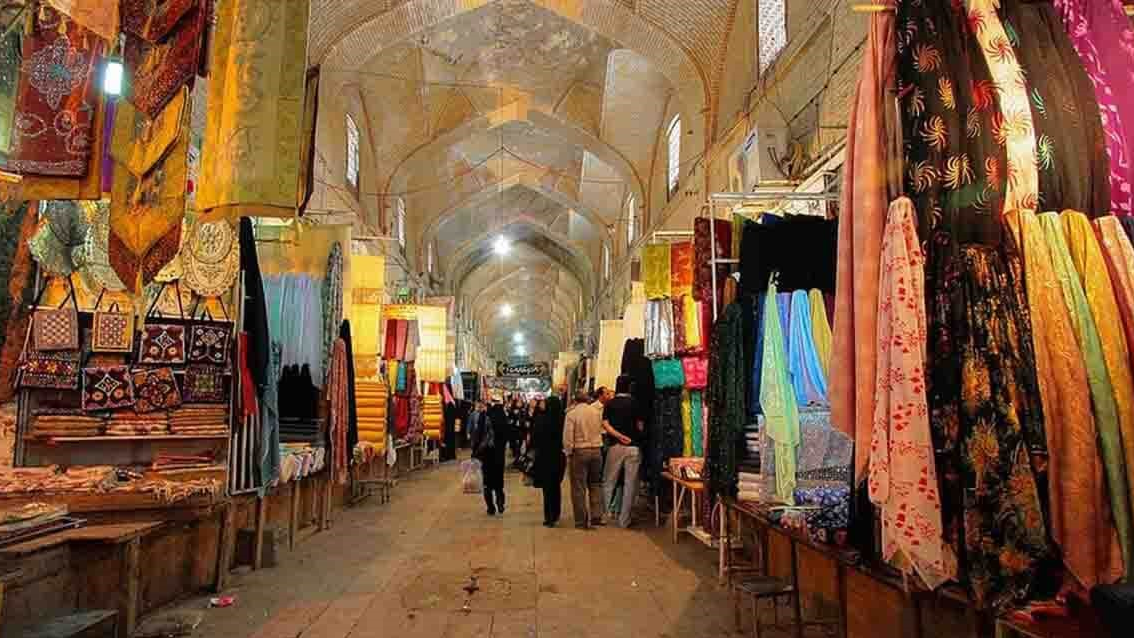
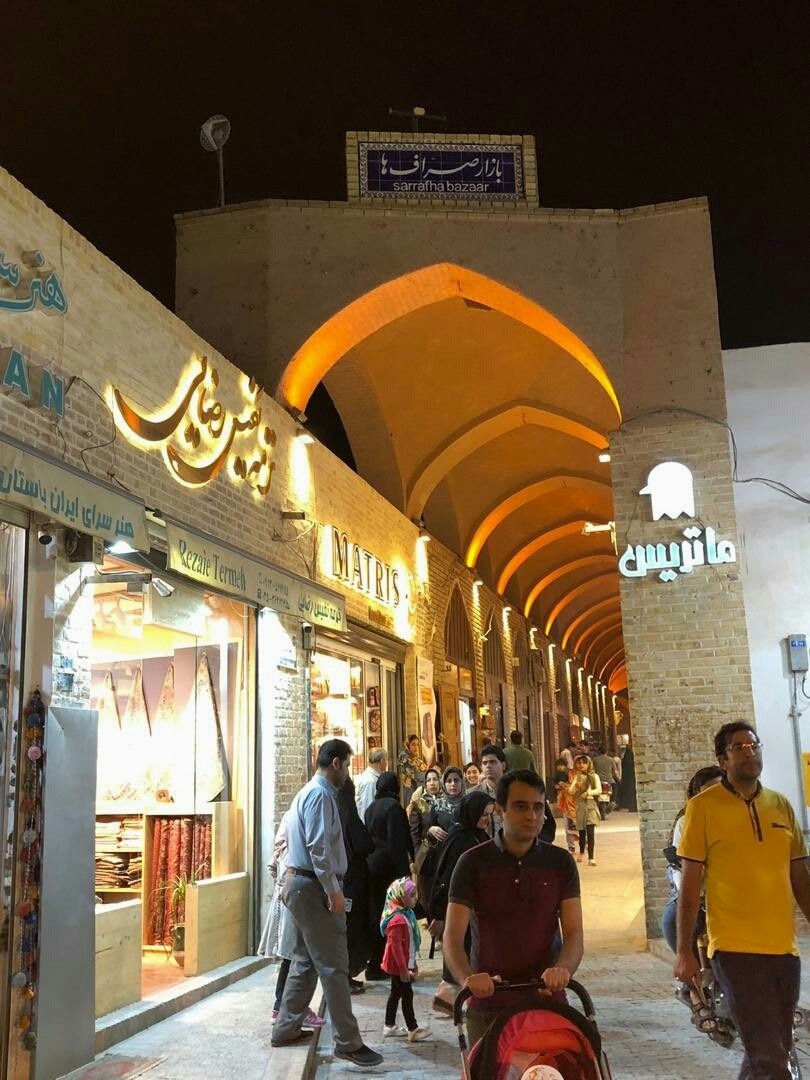
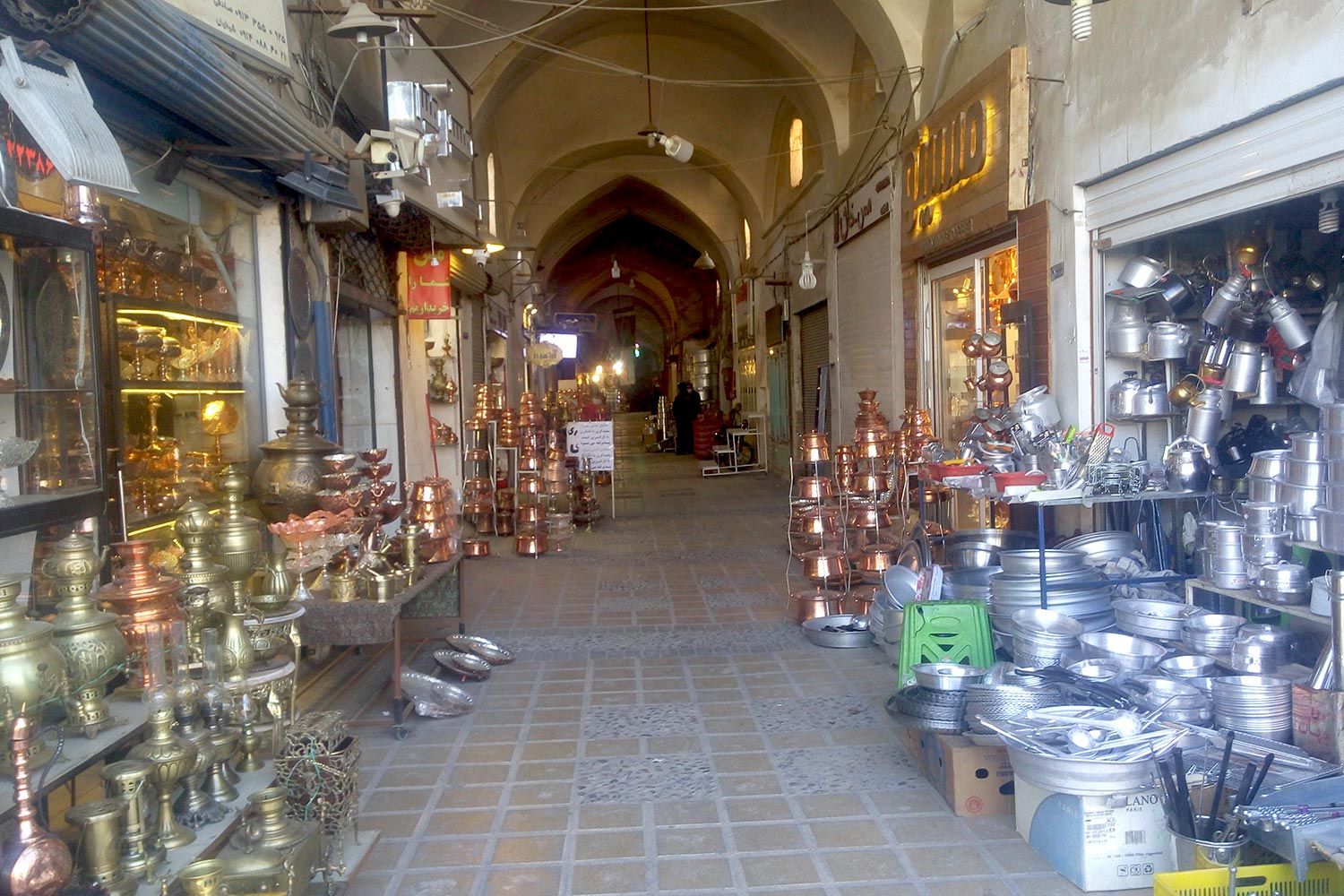
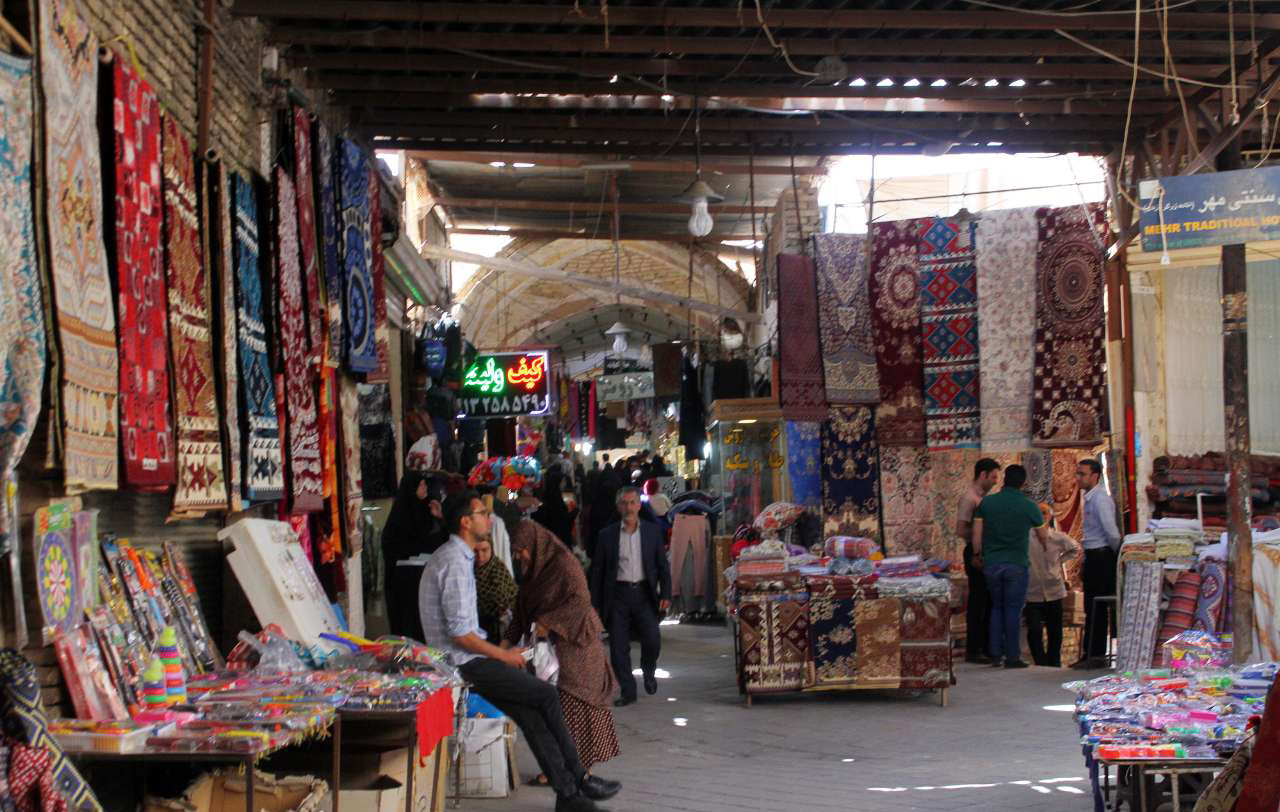




Choose blindless
Red blindless Green blindless Blue blindless Red hard to see Green hard to see Blue hard to see Monochrome Special MonochromeFont size change:
Change word spacing:
Change line height:
Change mouse type:
